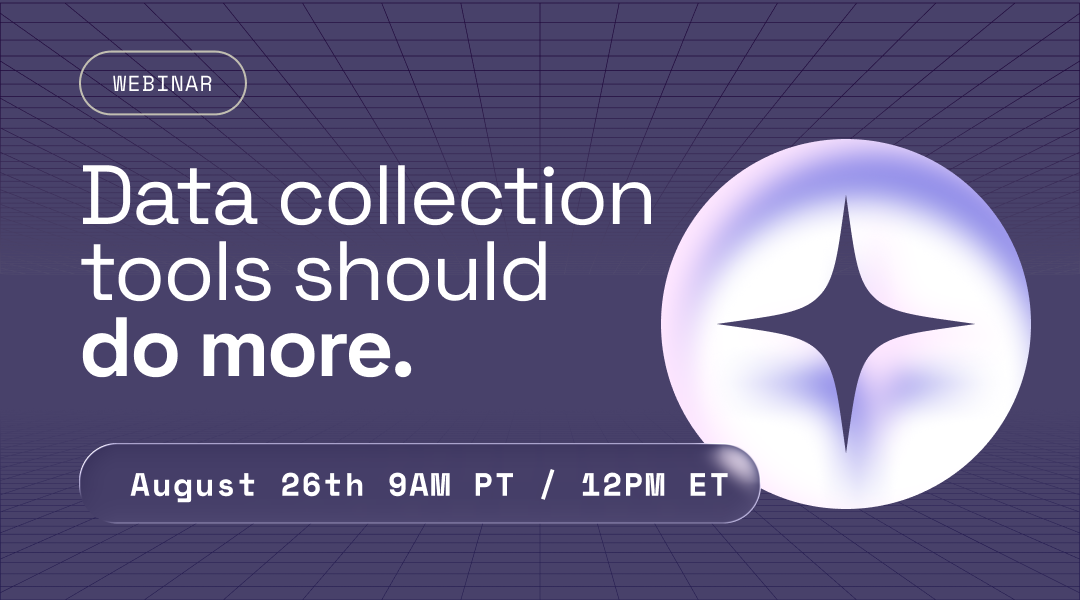Power of Open-Ended Questions
In our quest for meaningful conversations, the skill of asking open-ended questions stands as a powerful tool. But why should we bother to master this art? Open-ended questions, unlike closed-ended ones, invite depth, reflection, and a broader spectrum of responses. They pave the way for exploration, understanding, and connection. Embracing them opens doors to richer interactions and deeper insights. So, let's delve into the world of open-ended questions and discover their transformative potential.

Insights from the Field: The Power of Open-Ended Questions
This week's article is based on a true story that the Sopact Team came across during a meeting with a large organization that runs multiple social programs. We wanted to let you in on the topic, as we believe it is relatable to all of us who run surveys.
We were demonstrating our product's AI capability to analyze open-ended feedback and turn them into meaningful insights.
(Check the image below that's exactly what we were demonstrating)

For a long time even we had shied away from asking open-ended questions as analyzing them was hard, manual and labor-intensive process. We used to recommend our users to go for standard option-based responses only, to make our lives easier at the analysis stage.
However, we quickly realized that the problem was not asking open-ended questions but the manual and labor-intensive process of deriving insights from these responses.
Today, we thought let's take the opportunity to explain to a wider audience why asking open ended questions is not only important but almost mandatory and how, in this day and age, no one has to dread the manual effort to derive insights anymore.

To which you might get:
20% rate it with 1,
30% rate it with 3,
and 50% rate it with 5.

Yes, you have some numbers in nice charts. But:
- You didn't get any insights.
- You cannot use it to persuade other participants as to why they should join your resume building workshop.
- You cannot use it to improve your program and its workshops.
- You literally didn't get any direction, at all.
This is where open-ended queries clearly outpace close-ended or option-based questions.
Imagine you ask this instead:
Can you give us feedback on the resume building workshop and the impact it had on your job search and interview calls?
And you might get these kinds of responses:


The first response clearly states that the student benefitted long after graduating from the program with successful job switches. The second one states that it helped boost the student's confidence, which, as we know, can be the difference between someone succeeding and someone not.
Now, by analyzing post-program feedback, we can see real insights. What are their experiences like after attending the workshop? Did their confidence improve? Did they land more or less interviews? What about the ones that did not attend?

You might ask, if I have 100+ responses, how am I supposed to do this analysis?
Our answer: This is what AI should actually be used for social good!
For eight years now, our purpose at Sopact has been to keep up with technological advancements that can be implemented to make things easier for the social impact industry. Some good and some not really. We know now that AI is here to stay, so why not put it to good use?
100 responses or 1000, our AI-generated Thematic Analysis does what used to seem impossible (or, put more objectively, endless). Our new product, Sopact Sense, uses AI to identify patterns from these open-ended responses, and all you see is the insights you need to understand your program's impact better than before.
And their discovery was huge after AI thematic analysis:
Not only were their participants mentioning"financial relief","possibility to enroll", and"possibility to graduate", which was expected. But 72% of them were also mentioning"avoidance of debt". This came as a true surprise to them, as they had never anticipated that some of the students were actually able to graduate free of debt. Which in their own words"is more impact than we had imagined".You can too make the switch, open yourself to open-ended questions and AI-thematic analysis.




.webp)


